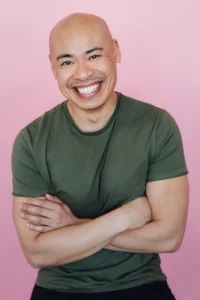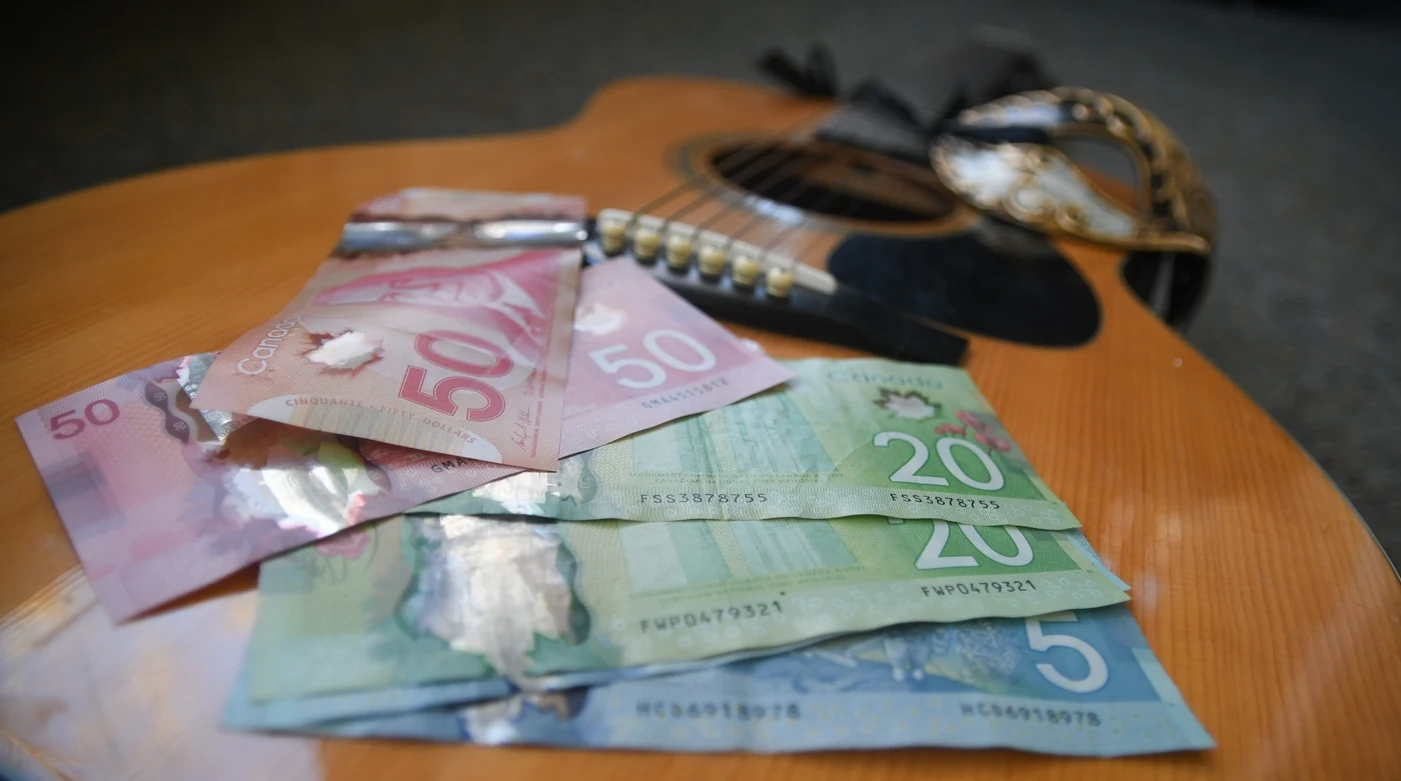Talking about money with artists is a delicate thing. Our art is tied to our worth, and we rarely seem to have a realistic idea of the cost. Many of us have tried to “live solely for the art,” but this approach rarely makes a living. Like the rest of the world, artists are required to pay bills, pay taxes, and put food on the table. And yet those who do the work are generally the last and least to get paid.
Abstraction of Value
Though we do it for love and are applauded for it with praise and exposure, these things do not, in fact, pay the bills. As a songwriter, I am faced with a crushing streaming structure that dishes out between $0.003 and $0.013 per song. This means my main creative output does not actually make me any money. Certainly, like many artists, I have faced what the market seems to be telling me: no one wants to listen to my music. It is a hard truth to face, yet acknowledging that artistic compensation has been lopsided since the times of medieval patronage helps one understand the system. Baked-in music industry payola and platforms creating AI artists to circumvent royalties are just new, normalized aspects of this lopsided system.
“Certainly, like many artists, I have faced what the market seems to be telling me: no one wants to listen to my music.”
My way through has been value abstraction. I make a living doing everything else around my music. This bit of mental gymnastics allows me to continue believing in the inherent value of my music without requiring others to validate it. I discovered that by teaching, performing, collaborating, engaging in arts administration, and writing, I extracted value and nurtured the skills and abilities to support myself and my family.
Jessica Erlendson is a musician, songwriter, and yoga teacher who empowers her students to live musically fulfilling lives. It hasn’t always been the case, but by figuring out her worth, she has changed. Erlendson continues to thrive decades into her music career.
“When I was a young artist, there was this mentality that art meant sacrifice and going without security or money was the cost of artistic integrity,” said Erlendson. “I decided that was garbage. It doesn’t matter what I might be doing to earn a living, I am always an artist, and I wanted security and integrity.”
Compensating Connection
Mike Tan is a theatre artist and photographer well-versed in walking the line between community and compensation. In addition to gracing multiple Calgary stages, including Ghost River Theatre, Vertigo Theatre, Alberta Theatre Projects, and Theatre Calgary, Tan also works as a documentary photographer. Through both performing and documenting, Tan has honed the ability to balance his schedule, allowing for both connection and compensation.

“I used to often take on work that was simply interesting to me and that would provide me with some creative satisfaction, but would pay little or nothing,” said Tan. “The trade-off was connection building, opportunity to hone skill, and honestly, praise … a bit of appreciation was deeply gratifying.”
I don’t know anyone who doesn’t have a jam-packed Google calendar, but I do know many who are struggling to make ends meet. Being busy doesn’t equal compensation for anyone, but particularly for artists. I believe this stems from how our work (not worth) is valued, and Tan agrees.
“I quickly discovered the way I was going about things didn’t really make ends meet,” said Tan. “My self-worth was, and still is, tangled with how busy I was, even though I was struggling to pay the bills. The less I was booked and working, the less I thought of myself and my ability.”
Balancing compensation and time requires a bit of finessing, but the understanding led to a reevaluation of how Tan considered his time.
“I eventually came to realize I could charge more,” said Tan. “I raised my rates gradually over the years, and those who hired me had a stronger appreciation for my work. I realized those who were looking for a lower cost were exploiting the systems of ‘exposure’ and understood the desire for ‘praise’ or superficial support that someone like me gravitates towards.”
Knowing Your Worth
I have sat in enough board rooms and workshops as of late, listening to exciting conversations swirl around new buildings, but rarely around a living wage. It’s tricky to parse the complexities of a system that seems to support the arts but not necessarily the artists. And yet, these realizations compelled me to define my worth as an artist by what I did in service to my art, focusing on connection with my community first and allowing my art to flow from there. It’s going to be different for every artist. If there’s anything artists are good at, it’s doing it our own way.


